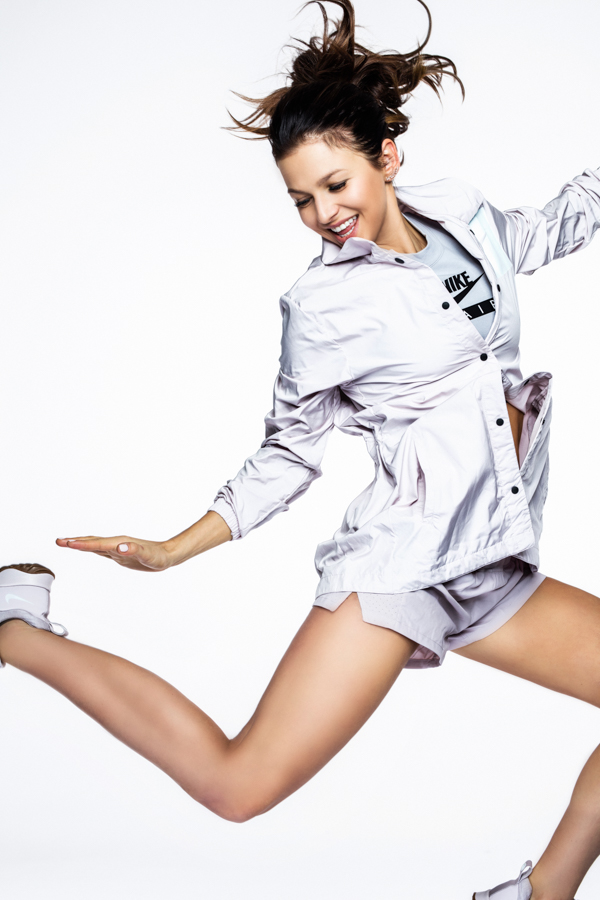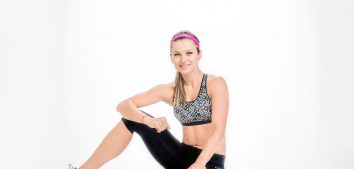
Running gives energy – how to start?
You pass running people at dawn and wonder where they get motivation and energy from?
Regardless of whether you are a beginner runner or if you want to go back to good old habits, this post is for you! In both cases, the most difficult step is the first step, let’s go start to get over with it 🙂
Do you have many questions and doubts? Let me guess and let me give us few answers.
From my own experience and thanks to working with other cross trainers I can help you with this.
First of all OF COURSE THAT YOU CAN DO IT!
Regardless of your age and the level of advancement, running is for you, you just need to know how to start depending on such parameters as age, sex, body weight, lifestyle.
Start calmly.
Measure your strengths and do not demand too much from yourself. The first training will be accompanied by shortness of breath, fatigue and soreness, but it is normal. Start with a walk not to push the body.
Let your first step (or steps) be a walk. Do not hurry, do not cause injury and discourage your training. Successive adaptation increases the possibilities to make an effort.
If you feel that you are ready for it, start SLOW RUNNING.
Your training will consist of walking and running. Run at a pace that will not take pleasure out of your workout. Do not stiffen and remember to breathe calmly in the rhythm of your body. Do not raise the bar too high and stop if you feel strong tiredness.
The next time you run a longer distance, you’ll see!
Every day you will be motivated by better training and endorphin will effects you, it will give you wings.
• 1 week: 5 min walk /1 min run (x4)
• 2 week: 5 min walk /3 min run (x3)
• 3 week: 5 min walk /4 min run (x3)
• 4 week: 3 min walk /5 min run (x3)
At the beginning do not exceed the number of 2-3 workouts a week. Do not neglect rest and regeneration, because without them, the next exercises will not bring results. Do not try to jump over the preparatory period, because it is a necessary stage before a fast and continuous run. Although you feel ready for the first “1o km”, you may be surprised and have several more training sessions with a painful colic. Relax, you still have time for the half-marathon!
The next step: FIRST SCOPE OF INTENSITY
You’ve gone through the preparatory period and you’re really ready for a steady run. Depending on your current capabilities, its speed should be about 7-9 min / km and should not interfere with a peaceful conversation. This is a necessary stage on the way to building a further form.
Your body is different and the diagram on the website can do more harm than help. A professional trainer will assess your fitness, progress and abilities with the eye of a professional, and therefore will build a training plan tailored to your needs. Do not neglect stretching, strengthening the abdominal muscles or back. You will not achieve the desired effects without it. A very important element of your plan is a balanced diet. You train regularly and intensively, so you need good “fuel”.
The next step: SECOND SCOPE OF INTENSITY
Now running is in your agenda, you are keeping the diet, and you enrich the training with the exercise of the abdomen and back and you warm-up? So you’re ready for the second intensity range! It’s running between 70-85% of maximum heart rate (maximum heart rate – the highest number of heartbeats per minute we can reach, you can get the approximate value by deducting your age from 220, e.g. 220-35 = 185).
• First and second week : 2 x 2-2,5 km, break 2-3 min
• Third week: 2 x 3 km, break 2-3 min
• Fourth and fifth week: 1 x 5 km
How to improve speed?
Supplement training with rhythms – short sections 60-100 m long, performed on approx. 85% -95% of current speed capabilities, with attention to the correct running technique. Do not forget about running ups that will increase muscle strength. Perform them on a small incline, even surface, on a short stretch (about 50-60 m) at the maximum speed. Decide for yourself the number of repetitions, series and duration of the break.
How to improve the technique?
It is very important so that the run is not too tiring for us and brings the best results.
What to look for:
– look forward , not under your feet, move your arms parallel to the direction of the run – forward and backward, not across the torso, do not clench your hand,
– do not hump, do not lean forward, keep your torso upright without rotation while running; the controlled movement of the hips in the axis of the body depends on the position of the torso
– slightly raise your knees,
– the foot lands on the metatarsals, rolls on toes, and then bounces strongly from the ground forward.
Do not neglect the warm-up, even if you are more advanced and think that your body is already used to the effort. The warm-up task is to reduce the risk of injury, to prepare the osteo-musculoskeletal system to take the effort. Warming up should be varied to take care of as many muscles and joints as possible.
READY, STEADY , GO !








Comments No Comments
Join the discussion…